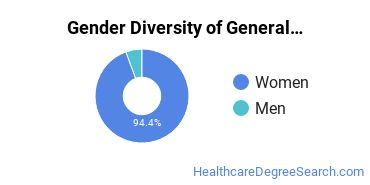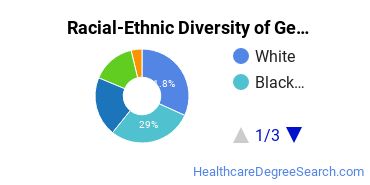General Health Services/Allied Health/Health Sciences at Rasmussen University - Florida
Rasmussen University - Florida is located in Ocala, Florida and has a total student population of 9,055.
Want to know more about the career opportunities in this field? Check out the Careers in General Health Services/Allied Health/Health Sciences section at the bottom of this page.
Rasmussen University - Florida General Health Services/Allied Health/Health Sciences Degrees Available
- Basic Certificate in Health Studies (Less Than 1 Year)
- Associate’s Degree in Health Studies
Rasmussen University - Florida General Health Services/Allied Health/Health Sciences Rankings
Note: Rankings don't always give a complete picture of a school's strengths and weaknesses, so it's a good idea to extend your research and also look at other factors when trying to decide if the school is right for you.
Health Studies Student Demographics at Rasmussen University - Florida
Take a look at the following statistics related to the make-up of the health studies majors at Rasmussen University - Florida.
Rasmussen University - Florida General Health Services/Allied Health/Health Sciences Associate’s Program

Rasmussen University - Florida does a better job with serving racial-ethnic minorities than the typical school does. Its associate's program in health studies graduates 3% more racial-ethnic minorities than the nationwide average.*
The following table and chart show the race/ethnicity for students who recently graduated from Rasmussen University - Florida with a associate's in health studies.

| Race/Ethnicity | Number of Students |
|---|---|
| Asian | 4 |
| Black or African American | 31 |
| Hispanic or Latino | 22 |
| White | 34 |
| International Students | 0 |
| Other Races/Ethnicities | 16 |
Related Majors
References
*The racial-ethnic minorities count is calculated by taking the total number of students and subtracting white students, international students, and students whose race/ethnicity was unknown. This number is then divided by the total number of students at the school to obtain the racial-ethnic minorities percentage.
More about our data sources and methodologies.
